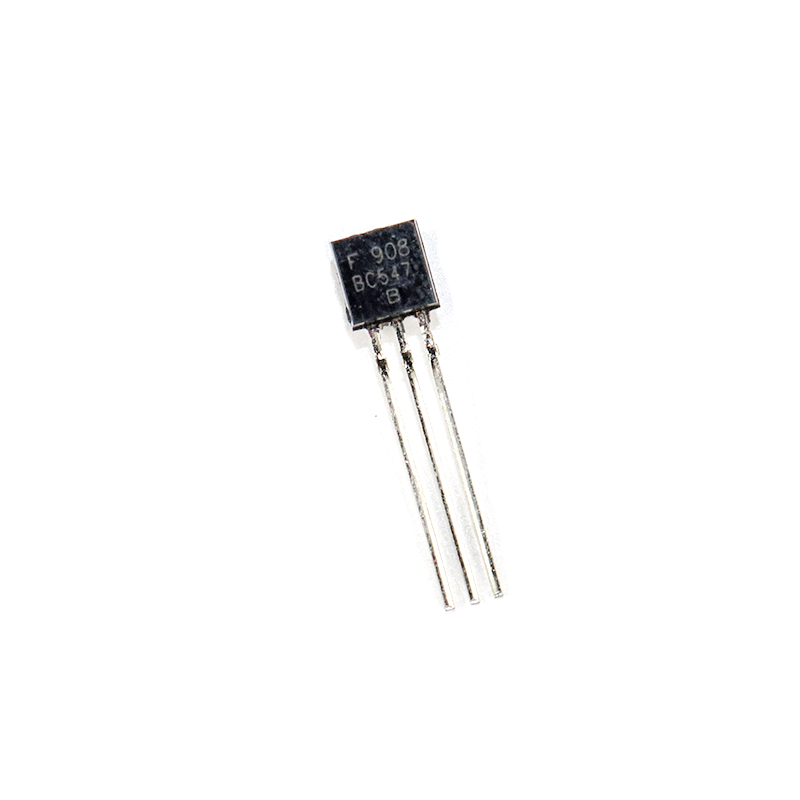

And connect LED -ve with the collector of the Transistor.

Connect the Transistor’s Emitter Pin with the Potentiometer corner Pin.Ĭonnect LED with the circuit. In the picture, you can see the Pin output. Then I have Pre-tin the wires for better soldering. You can also use any other NPN Transistor as well. Steps for making The Circuit: Step 1:įirst, you will need an NPN Transistor. and The Loads that are connected with the transistor will be Powered Up. For this, the Transistor flows current from Collector to Emitter. otherwise, the Transistor would be damaged. These Voltage levels are sent to the Transistor’s Base with a 10k Current Limiting resistor. And when we rotate the Potentiometer then It creates Different voltage Levels for the LED Dimmer. The Potentiometer creates a Voltage divider in the circuit. The Circuit works with the basic principle of a Transistor. I hope you will understand Everything about the Circuit. Here is the video from Creative Creator about 3v LED Dimmer Circuit. we can vary the voltage without using 555 Timer IC with just using only a Transistor and a Potentiometer. we will need some other complementary components for the circuit. Make sure you should connect all the pins Correctly otherwise, the Transistor may be damaged. You can also use any other NPN transistor as well. If you are designing a PCD or Perf board with this component then the following picture from the Datasheet will be useful to know its package type and dimensions.Today we are going to make a 3V LED Dimmer Circuit. Amplifier modules like Audio amplifiers, signal Amplifier etc.
#547 TRANSISTOR DRIVER#
Driver Modules like Relay Driver, LED driver etc.When uses as an Amplifier the DC current gain of the Transistor can be calculated by using the below formulaeĭC Current Gain = Collector Current (I C) / Base Current (I B) Of the above types common emitter type is the popular and mostly used configuration. Some of the configurations used in amplifier circuits are

It can amplify power, voltage and current at different configurations. The value of I B should not exceed mA.Ī Transistors acts as an Amplifier when operating in Active Region. Where, the value of V BE should be 5V for BC547 and the Base current (I B depends on the Collector current (I C). The value of this resistor (R B) can be calculated using below formulae.
#547 TRANSISTOR SERIES#
Anything more than 5mA will kill the Transistor hence a resistor is always added in series with base pin. As mentioned the biasing current should maximum of 5mA. As discussed a transistor will act as an Open switch during Forward Bias and as a Closed switch during Reverse Bias, this biasing can be achieved by supplying the required amount of current to the base pin. When a transistor is used as a switch it is operated in the Saturation and Cut-Off Region as explained above. When base current is removed the transistor becomes fully off, this stage is called as the Cut-off Region and the Base Emitter voltage could be around 660 mV. This stage is called Saturation Region and the typical voltage allowed across the Collector-Emitter (V CE) or Base-Emitter (V BE) could be 200 and 900 mV respectively. When this transistor is fully biased then it can allow a maximum of 100mA to flow across the collector and emitter. To bias a transistor we have to supply current to base pin, this current (I B) should be limited to 5mA. The maximum amount of current that could flow through the Collector pin is 100mA, hence we cannot connect loads that consume more than 100mA using this transistor. Note: Complete Technical Details can be found at the BC547 datasheet given at the end of this page.īC549, BC636, BC639, 2N2222 TO-92, 2N2222 TO-18, 2N2369, 2N3055, 2N3904, 2N3906, 2SC5200īC547 transistor has a gain value of 110 to 800, this value determines the amplification capacity of the transistor.


 0 kommentar(er)
0 kommentar(er)
